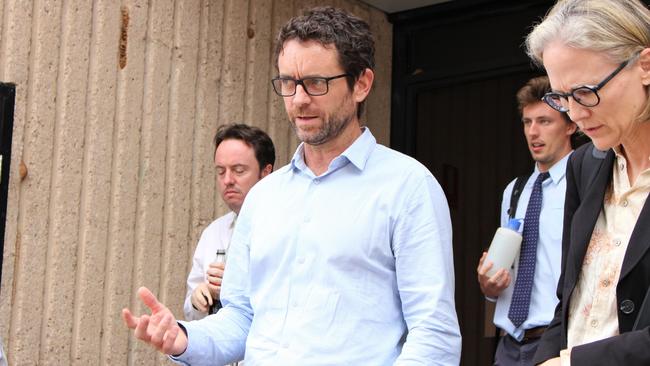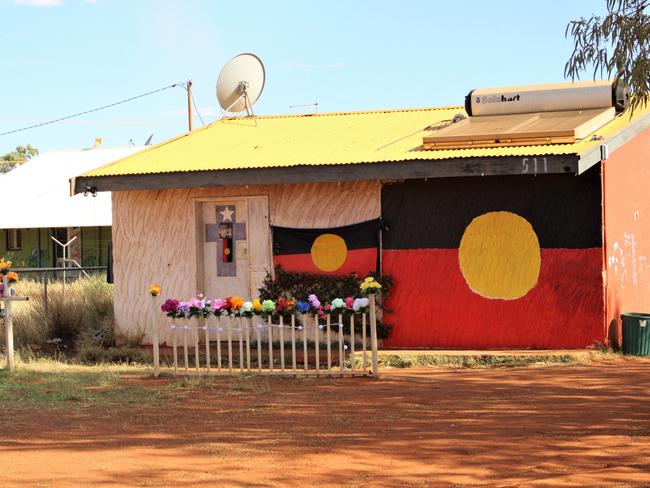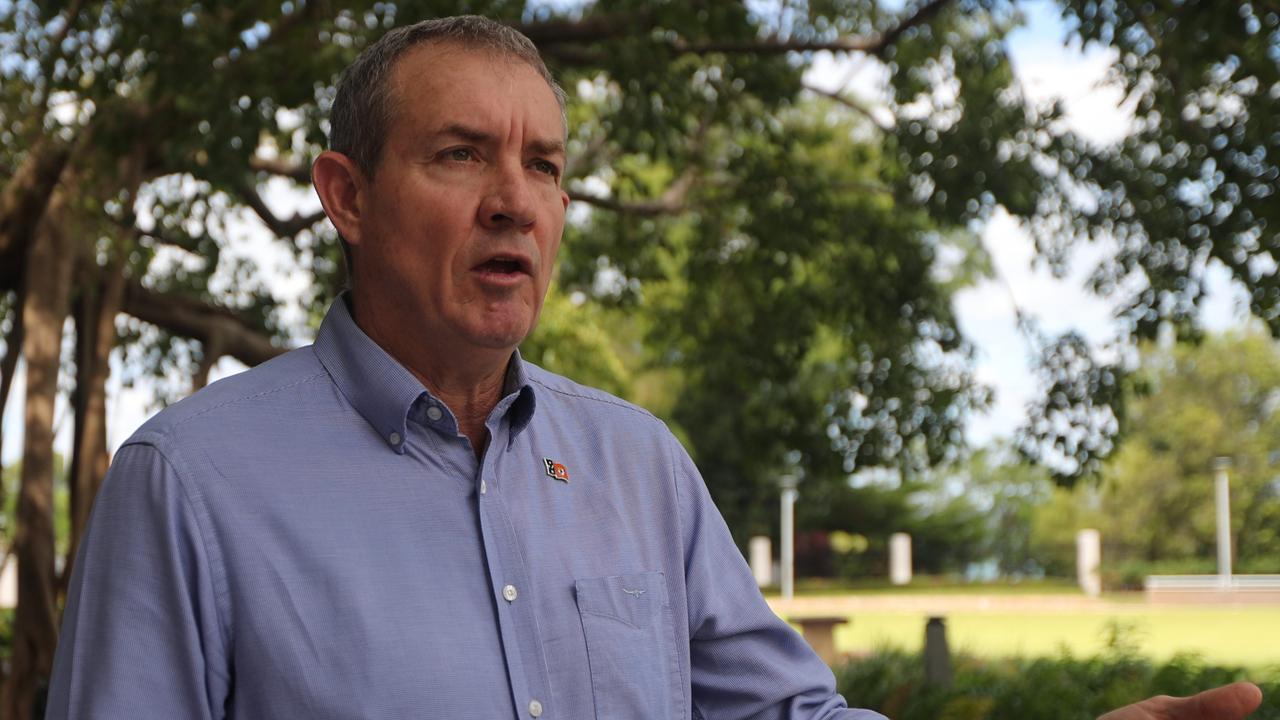‘Moronic’ remote housing design ‘worse than tin sheds’, doctor tells Kumanjayi Walker inquest
A doctor has told of the ‘horrific’ conditions inside government housing in communities like Yuendumu and the effect it can have on crime. Read what else the Kumanjayi Walker inquest heard.

Police & Courts
Don't miss out on the headlines from Police & Courts. Followed categories will be added to My News.
Houses designed by the NT government to address chronic overcrowding in remote communities are “thermally moronic”, with residents often preferring to live in tin sheds, a court has heard.
Territory Coroner Elisabeth Armitage is presiding over a long running inquest in the Alice Springs Local Court into the death of Kumanjayi Walker, now in it’s final week for the year.
The 19-year-old Warlpiri-Luritja man was fatally shot by a white police officer during a bungled arrest in the remote Aboriginal community of Yuendumu in 2019.
On Monday, specialist physician Simon Quilty told the inquest with temperatures stretching into the high 40s, conditions inside government housing in communities like Yuendumu could be “horrific”.
Dr Quilty said despite up to 25 people being forced to share a single home due to lack of supply, the quality of housing was “getting worse with time, not better” and “the more remote you are, the worse they get”.
“Even the brand-new houses are thermally moronic,” he said.
“I don’t know who is designing them or why they are doing it, but brand new houses that don’t have appropriate eaves, that are built of Besser brick structures that heat up when the sun hits the walls. They’re painted the wrong colour, so that they absorb the heat.
“I really cannot fathom how these mistakes are being made by the Northern Territory Department of Housing in their design. There is no design.”
Dr Quilty, who has spent the past decade living and working in remote communities throughout the NT, said new housing being built in Tennant Creek was “sometimes the most unpopular houses in town”.
“People would prefer to live in tin sheds than the things that are coming out now,” he said.
“Firstly, there’s no landscaping around the houses and when you have a house and you run out of power all the time in really hot weather, you have to take your bed outside.
“And if there’s no trees, then you can’t take the bed outside until it’s dark, then the architecture of the house is, I believe, from what I’ve seen of the internal cavities of houses, becoming more oppressive and more prison-like.

“So a Besser brick wall that is not rendered, it’s just painted, looks like the prison walls that I saw at Long Bay jail. The grates over the windows look like prison windows.
“The minimalist stainless-steel benches look like they’re prison issue. The bathrooms look like prison bathrooms. They are definitely not homes.”
Dr Quilty said the “unimaginable” tension created by severe overcrowding and extreme heat combined with “astronomical” electricity bills could also be a catalyst for higher rates of domestic violence.
“I can’t imagine that anybody could live in a house that’s so overcrowded with such a huge degree of uncertainty, often with hunger tapping at the door all the time, for adults and children, it’s no wonder that they’re tense places,” he said.
“Having spent eight years in Katherine, where it is a very hot climate, knowing even within my family tetchy you can get, how much naughtier your children can seem when it’s a 45 degree day compared to a 35 degree day.
“So of course these overcrowded houses are, I think, that they’re the genesis for violence is easy to see when the desperation is so severe.”
Dr Quilty said, as a well-paid physician, he felt “complicit in a big lie about where the gap lays”.
“It’s absolutely obvious we don’t need any more research,” he said.
“It is the problem of displaced people on their own land who have no home.”
Earlier, Parumpurru Committee of Yuendumu Community member, Bruno Wilson, told the inquiry his family was forced to live in “third world conditions”, “on our own land”, while often without enough money to pay the bills.
“It’s frustrating, yeah, living in Yuendumu and in the houses like that,” he said.
“Overcrowding, maybe food finishes, that’s why kids go out at night, that’s when the crime starts.”
Mr Wilson told the committee’s lawyer, Julian McMahon SC, the government had started installing new split system air conditioners at Yuendumu in the past couple of weeks “out of the blue”.
“One of the jokes you had with me, and it wasn’t just a joke, you were being serious, is you thought it might be because of the inquest,” Mr McMahon said.
“And you don’t know that, but that’s what people in Yuendumu are saying isn’t?”
“Yep, that’s right,” Mr Wilson replied.
The inquest continues on Tuesday.





